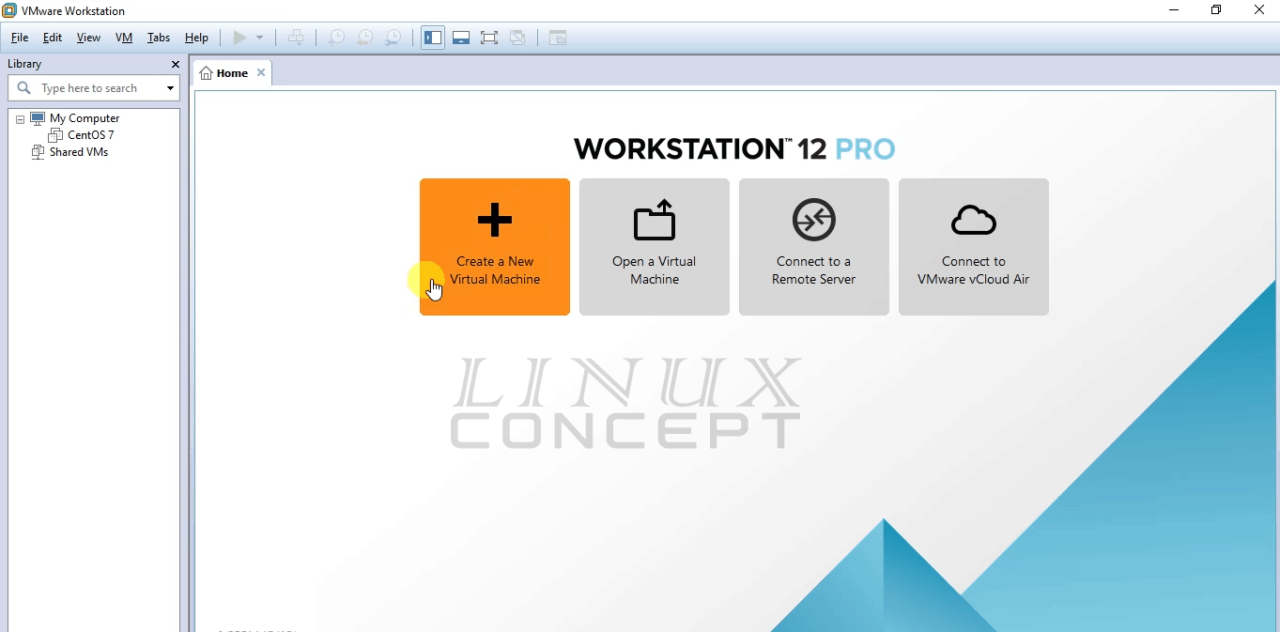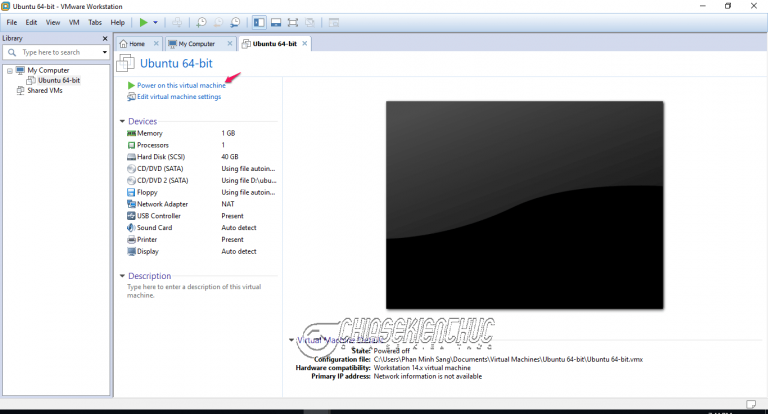

To reboot the system, press the setup media and press Enter. Restart the system by clicking on the Restart Now button after the installation copies the files. Type your Ubuntu user name and specify a new password. Select your keyboard layout Click the Continue. To use the entire hard disk space that you assigned to the virtual machine, select Erase disk and install Ubuntu and click the Install Now button.Ĭlick the Continue button to confirm that you want to write the changes on the hard disk.Ĭontinue by choosing the region you live in. Select your operating language and click the Install Ubuntu button. Run the virtual machine by clicking Power on.


The summary information of the VM to be installed on VMware ESXi is as shown below. After you specify the 3 GB RAM value, click on the Next button. On the Ubuntu virtual machine settings on VMware ESXi 6.5, enable the Hardware Virtualization and Performance Counters options and click the Next button.Īssign the RAM and HDD values to the Ubuntu VM according to the hardware specifications of your computer. Once the Datastore Browser is open, select the ISO file and click the Select button. To add the Ubuntu 17.10/18.04/18.10/19.04 ISO file to the VM, click Datastore ISO File from CD/DVD Drive 1. Specify the operating system family and version of the Ubuntu VM and click on the Next button.

In the New VM window, select Create a new VM, and then click the Next button. Reduce the VM CPU count and memory resources to the minimum and convert the VM to template, switch the CD/DVD drive to client device as well disconnect it and convert the VM to template.To create a new VM for Ubuntu, click on Virtual Machines in the left pane and then click Create / Register VM. Remove the current network configuration: sudo rm /etc/netplan/50-cloud-init.yamlĬlean shell history and shutdown the VM: cat /dev/null > ~/.bash_history & history -c Prevent cloudconfig from preserving the original hostname and reset the hostname: sudo sed -i 's/preserve_hostname: false/preserve_hostname: true/g' /etc/cloud/cloud.cfg Update your OS packages: sudo apt-get update No specific instructions here but:īefore converting the VM to a template, several actions are needed. Power on the VM and start the Ubuntu installation. Point to the Ubuntu server ISO file location. Make sure to select Ubuntu Linux (64-bit) as the guest OS. It's not designed to review either VMware or Ubuntu best practices.ĭownload the latest Ubuntu Server 18.04 ISO fileĪlthough it can be used locally, for faster deployment, upload the file to a vSphere datastore or to vCenter content library.Ĭreating Ubuntu 18.04 VM template Deploying and installing Ubuntu This guide assumes that you have some VMware vSphere familiarity.


 0 kommentar(er)
0 kommentar(er)
